Acupuncture
Acupuncture, an ancient practice rooted in Traditional Chinese Medicine, involves the insertion of thin needles into specific points on the body to promote balance and harmony in the flow of energy, or "qi." This therapeutic technique is based on the belief that disruptions in the body's energy pathways can lead to various health issues. Acupuncture is not only a physical intervention but also a holistic approach that considers the interconnectedness of the body, mind, and spirit. The needles stimulate nerve endings, triggering the release of endorphins and promoting natural healing processes. While the exact mechanisms are still being explored, many individuals turn to acupuncture for relief from pain, stress, and a range of ailments. The personalized and holistic nature of acupuncture makes it a unique and intriguing alternative therapy, gaining popularity and recognition in modern healthcare practices around the world.
Ac
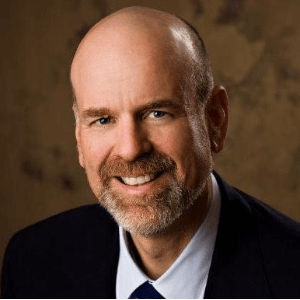
Stephen S Tower
University of Alaska Anchorage, United States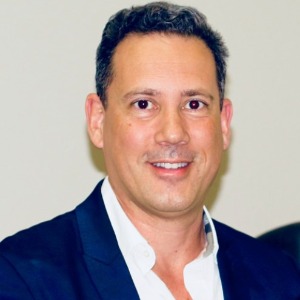
Marcos Brioschi
American Academy of Thermology, United States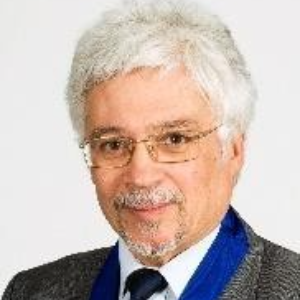
Wagih El Masri
Keele University, United Kingdom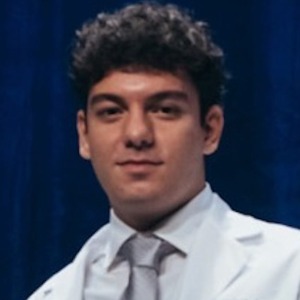
Arif Akkok
Lake Erie College of Osteopathic Medicine, United States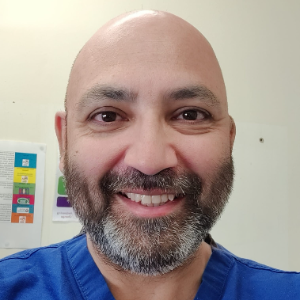
Akash Ganguly
Warrington and Halton Hospitals NHS FT, United Kingdom
Sajid Ali
The Dudley Group NHS Foundation Trust, United Kingdom




Title : The UK profemur recall and implant cobaltism
Stephen S Tower, University of Alaska Anchorage, United States
Title : The tomographic phenotype and the genotype of wormain bones
Ali Al Kaissi, National Ilizarov Medical Research Center for Traumatology and Orthopaedics, Russian Federation
Title : New treatment of muscle contracture and joint contracture through muscle regeneration with mitochondrial dynamics
Ki Ji Lee, Busan Medical University, Korea, Republic of
Title : New treatment of sarcopenia through muscle regeneration with mitochondrial dynamics
Ki Ji Lee, Busan Medical University, Korea, Republic of
Title : The prevalence and association of self-reported depression symptoms with musculoskeletal pain and quality of life among pregnant women
Youssef Masharawi, Tel Aviv University, Israel
Title : Bipolar hemiarthroplasty under local anesthesia (2%)
Ketan Karabhai Parmar, Aayush Multispecialty Hospital, India